JOURNAL OF HYDRAULIC RESEARCH, VOL. 38, 2000, NO. 6 435 Revision received July,
JOURNAL OF HYDRAULIC RESEARCH, VOL. 38, 2000, NO. 6 435 Revision received July, 1999. Open for discussion till June 30, 2001. 1D Mathematical modelling of debris flow Simulation numérique unidimensionnelle du charriage torrentiel P. BRUFAU, P. GARCÍA-NAVARRO, Mecánica de Fluidos. Centro Politécnico Superior. Universidad de Zaragoza. Spain. P. GHILARDI, L. NATALE, Dipartamento di Ingegneria Idraulica e Ambientale. Universitá degli studi di Pavia. Italy. F. SAVI, Dipartamento di Idraulica Transporti e Strade. Universitá “La Sapienza” di Roma. Italy. ABSTRACT Debris flow is modelled using the equations governing the dynamics of a liquid-solid mixture. An upwind finite volume scheme is applied to solve the resulting differential equations in one dimension. These equations have a structure similar to those of the monophasic water flow, differing from them by the presence of some terms characteristic of the bifasic nature of the mixture, such as granular bed erosion velocity, sediment concentration, bed shear stress, etc. The model and the system of equations to be solved are presented with the description of the implementation of the upwind scheme for the resulting hyperbolic conservation system. The numerical method is first order in both space and time. The treatment of the source terms is specified in detail and some comparison with laboratory experiments are presented. RÉSUMÉ Le charriage torrentiel est representé par un système d’équations unidimensionnelles décrivant le comportement d’un mélange liquide-solide. La méthode numérique utilisée est une méthode aux volumes finis, utilisant une discrétisation de type ‘upwind’. Les équations sont similaires dans leur forme à celles d’un écoulement à surface libre monophasique, mis à part la présence de quelques termes associés à la nature diphasique du mélange, tels que la vitesse d’erosion du lit granulaire, la concentration en sédiments, le cisaillement sur le fond, etc. Le système d’équations hyperboliques et la méthode numérique sont présentés. Cette méthode numérique est du premier ordre en espace et en temps. Le traitement des termes source fait l’objet d’une desription détaillée et l’on présente des comparaisons avec des expériences en laboratoire. 1 Introduction In mountain torrents, intense and localised storms may cause flash floods with important sediment transport. In steep tor- rents, the sediment discharge may increase so that the solid con- centration often exceeds figures of 40-50%. This is the case of the debris flows that transport downstream huge volumes of sediments that are then deposited on the alluvial fans, often highly populated. These wide areas are periodically exposed to catastrophic events. To reduce the debris flow hazard, it is com- mon to couple structural and non structural protections such as zoning of the risk prone areas and emergency plans. Protection plans require the description of scenarios that can be defined only by means of simulations with mathematical models. In this paper a numerical model for unsteady debris flow is pre- sented. The model will be applied to simulate different test con- ditions in channels with simple geometry. A one-dimensional scheme is proposed whilst a two-dimensional scheme for the more complex wave propagation on alluvial fans will be devel- oped in future work. Many authors have proposed mathematical models of debris flow based on the conservation of mass and momentum of the flow. Only some of them take into account the erosion/deposi- tion process and the behaviour of different classes of sediment in the flow. The fluid is alternatively considered as a one-phase constant-density fluid or a two-phase variable-density mixture composed by granular material immersed in an interstitial fluid. This assumption strongly influences the choice of the rheologi- cal model: the typical situation of a debris flow stopping where the channel slope decreases may be simulated either with a con- stant density fluid or with a variable density mixture; but in the former case, the debris flow stops only if the rheological model allows for a yield stress. On the other hand, in a variable density mixture, the sediments settle even though the interstitial fluid continues to flow downstream. For the constant-density fluid, different rheological models were adopted in the past such as Bingham type model (Fracca- rollo 1995, Jan 1997, Jin and Fread 1997), Herschel-Bulkley model (Laigle and Coussot 1997) or quadratic shear stress model (O'Brien et al. 1993). Takahashi and Tsujimoto (1985), using a Bagnold rheological model in which the yield stress is not present, simulated the entire phenomenon considering sepa- rate mechanisms for deceleration, stopping and deposition stages. Rickenmann and Koch (1997) tested different rheologi- cal models varying from Bingham to Newtonian fluid (both in laminar and turbulent flow) and from dilatant to Voellmy fluid. A constant density fluid model cannot simulate the effects of sediments separation, needed to reproduce those real world events in which the coarser sediments settle in the upper part of the alluvial fan or near obstacles in the river bed. Modelling the fluid as a two-phase mixture overcomes most of the limitations mentioned above, allowing for a wider choice of rheological models. Again, many alternatives can be found in the literature, for example: Bagnold's dilatant fluid hypothesis used by Takahashi (1991), Takahashi and Nakagawa (1994), Shieh et al. (1996); Chezy-type equation with constant value of the friction coefficient (Hirano et al. 1997, Armanini and Frac- carollo 1997); cohesive yield stress (Egashira et al. 1997), etc. Other rheological models were proposed for debris flow (see Chen 1988), and many of them can be easily used in numerical modelling. For a recent review see Hutter et al. 1996. The change in the debris flow density can be modelled through the mass balance of both phases (solid and liquid), and the defi- nition of the erosion/deposition rate as a function of sediments 436 JOURNAL DE RECHERCHES HYDRAULIQUES, VOL. 38, 2000, NO. 6 concentration. Shieh et al. (1996) introduced an empirical non- equilibrium condition for concentration when deposition occurs, assuming that concentration varies from the equilibrium in the steeper reach to the equilibrium concentration in the flat- ter reach according to an exponential law; Armanini and Frac- carollo (1997) assumed the concentration equal to the equilibrium value. Egashira and Ashida (1987), Hirano et al. (1997), Honda and Egashira (1997), Mizuyama and Yazawa (1987) and Takahashi et al. (1987) developed 1D and 2D mod- els which consider non-equilibrium conditions. The first three authors take only into account the coarse fraction, i.e. the inter- stitial fluid is nearly homogenous (water). The last two authors consider also variations of the concentration of the fine fraction in the interstitial fluid. The erosion/deposition rate is controlled by the excess of the local instantaneous concentration over the equilibrium concen- tration. Egashira and Ashida (1987) and Honda and Egashira (1997) computed this rate by means of a simple relationship. Takahashi (1991) proposed semi-empirical expressions which differ from deposition to erosion and erosion produced in a sat- urated bed from that in an unsaturated bed is distinguised too. All these models ignore the spatial and temporal variations of debris flow density in the momentum balance equations. Most of the above models are solved numerically with finite difference schemes. Takahashi and Tsujimoto (1985) used a centred differences scheme; Fraccarollo and Toro used an upwind scheme proposed by Toro (1996); Honda and Egashira (1997) proposed a technique based on backward differences, valid only for supercritical flow; other authors used Lagrangian schemes (see Savage and Hutter 1989, Iverson 1997, Ricken- mann and Koch 1997). In the present work granular and liquid phases are considered. The set of equations includes two mass conservation equations (one for the mixture and another for the solid phase) and a sin- gle momentum balance equation of the 1D flow. The spatial and temporal variation of debris flow density is included as a source term. The friction term is simulated according to Takahashi (1991). The system is completed with equations to estimate the erosion/deposition rate derived from the Egashira and Ashida (1987) or Takahashi (1991) relationships. The set of equations is solved by means of an explicit finite vol- ume technique based on first order Roe's scheme. The advection equation of the coarse solid fraction is solved in cascade at each time step after the momentum balance equation of the mixture has been integrated. 2 Governing equations The two-phase mixture constituted by coarse sediment fraction and interstitial fluid is considered. The concentration of the finer solid fraction in the interstitial fluid is assumed to be neg- ligible, so that the fluid acts as clean water. The same velocity for the coarser solid fraction and the interstitial fluid is assumed too, therefore a unique momentum equation is used. The flow of the solid-liquid mixture is described using a 1D depth aver- aged model that, apart from stating mass and momentum con- servation of the debris, includes a solid phase mass conservation law and a bed evolution law. The set of four dif- ferential equations is presented in this section. The equations describing the mixture and the coarse fraction mass balance and the mixture momentum along the main stream direction can be expressed in Mass and momentum balance equations for the mixture solid- liquid can be expressed in conservative form as (Chow 1959) with In uploads/Geographie/ 1d-mathematical-modelling-of-debris-flow.pdf
Documents similaires
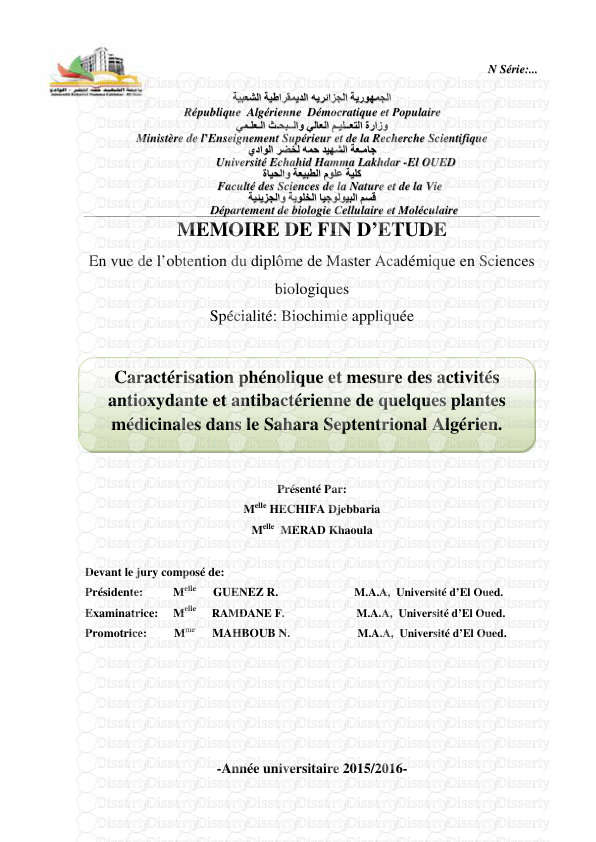
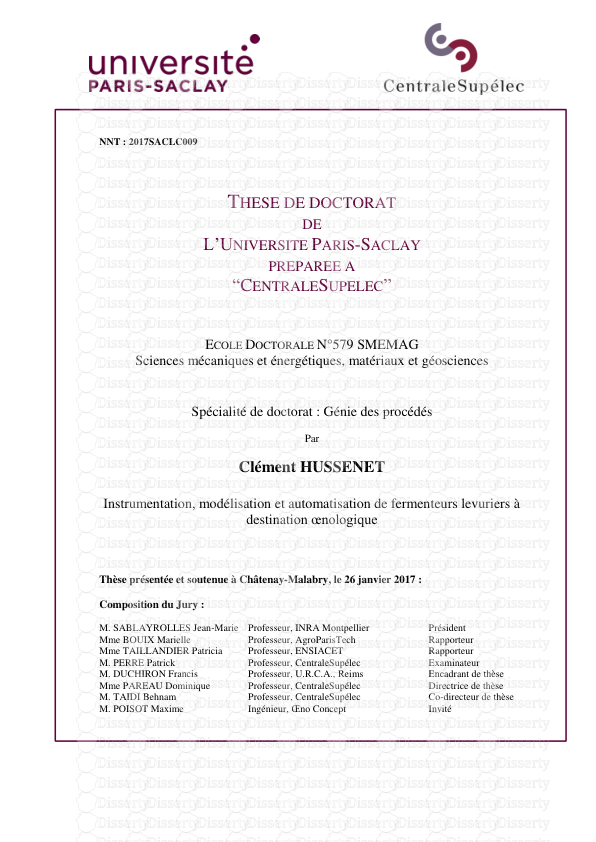
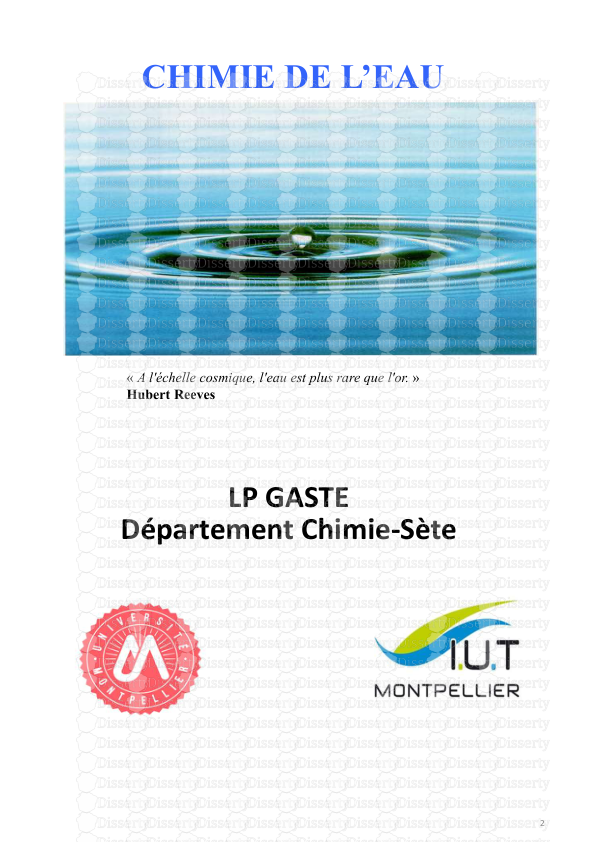
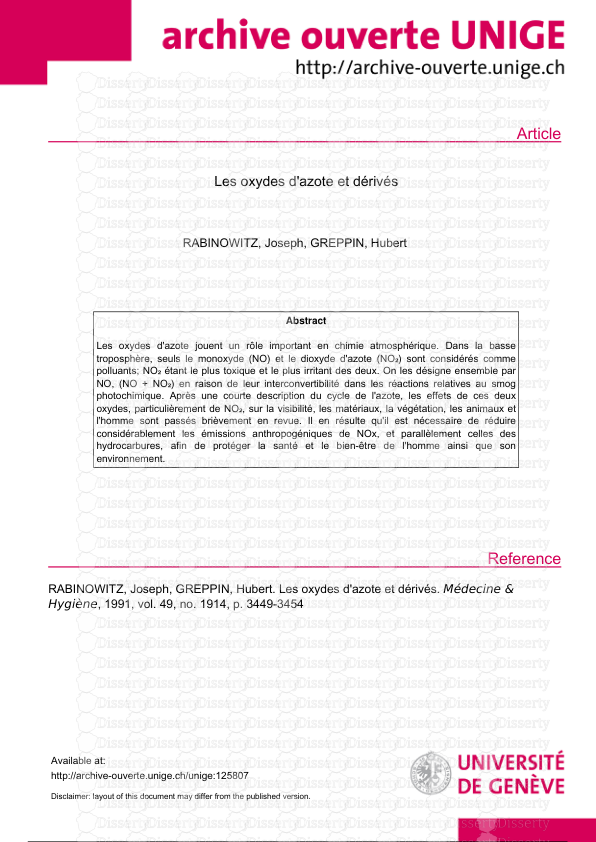
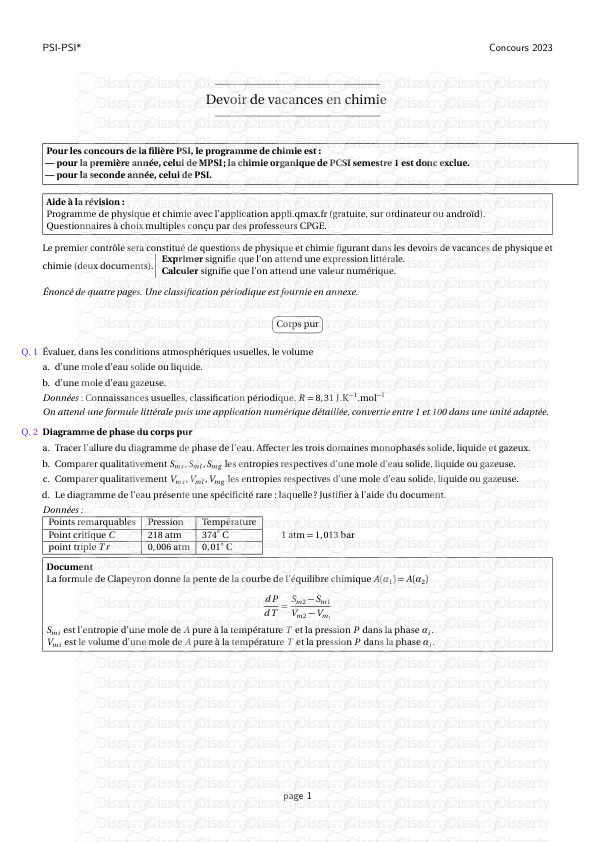
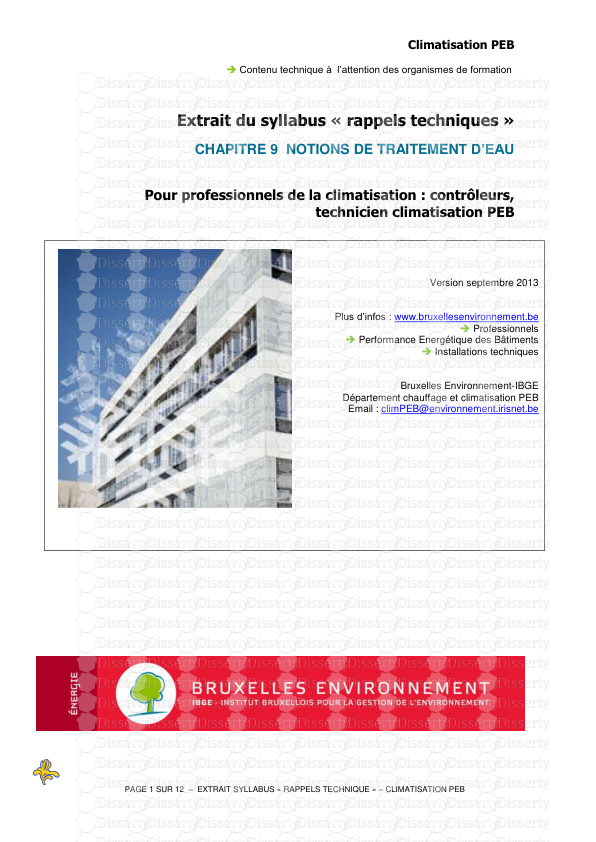
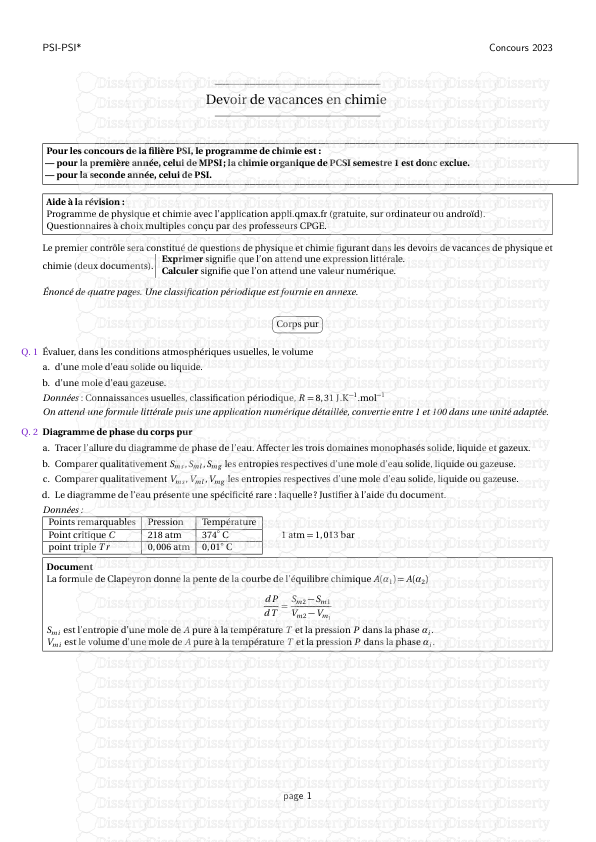
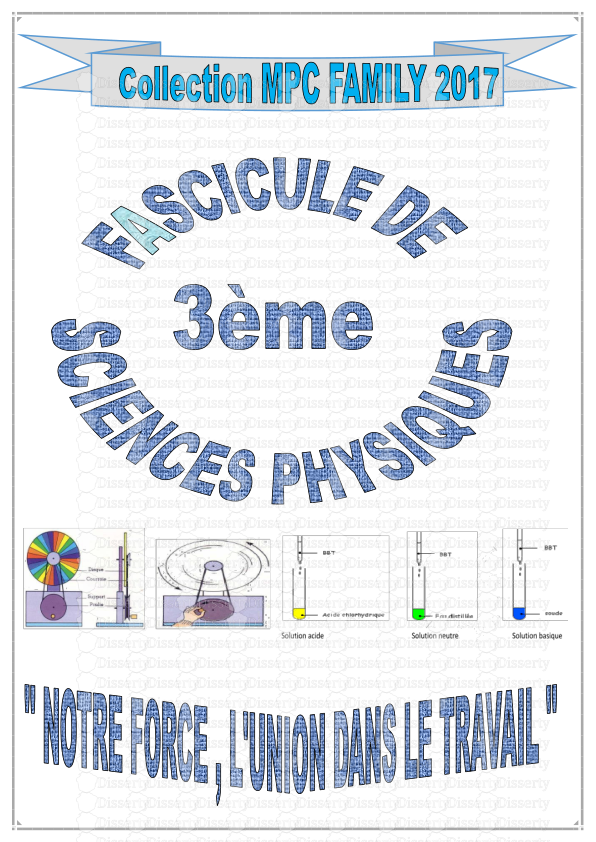
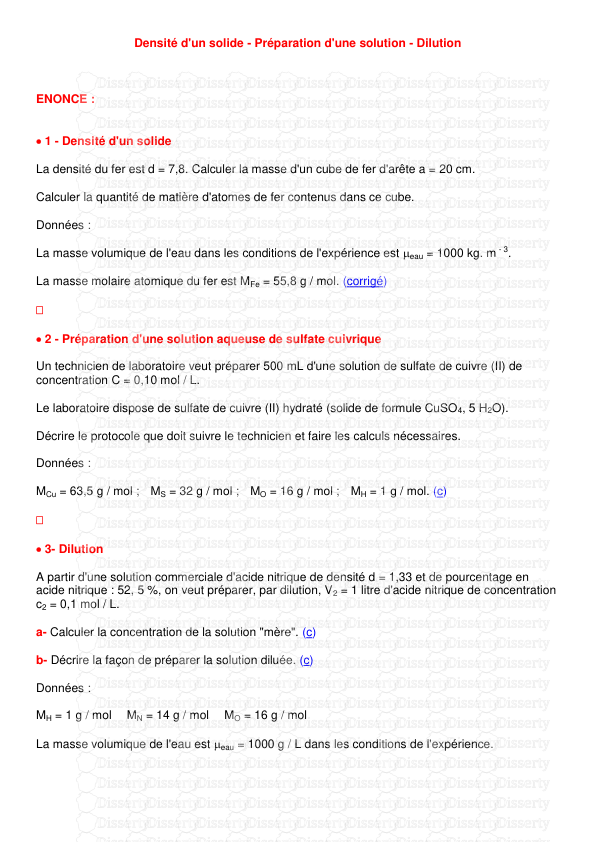
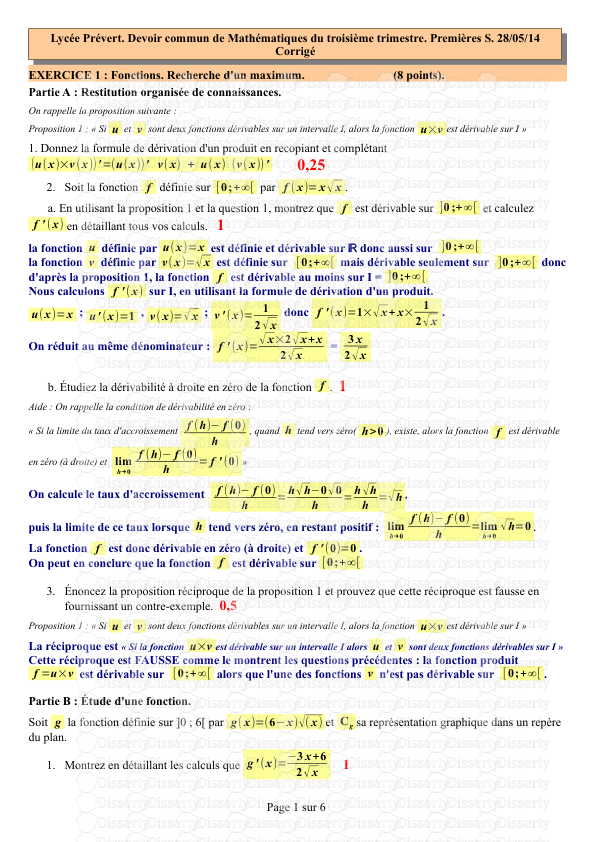
-
19
-
0
-
0
Licence et utilisation
Gratuit pour un usage personnel Attribution requise- Détails
- Publié le Oct 31, 2021
- Catégorie Geography / Geogra...
- Langue French
- Taille du fichier 0.1797MB


